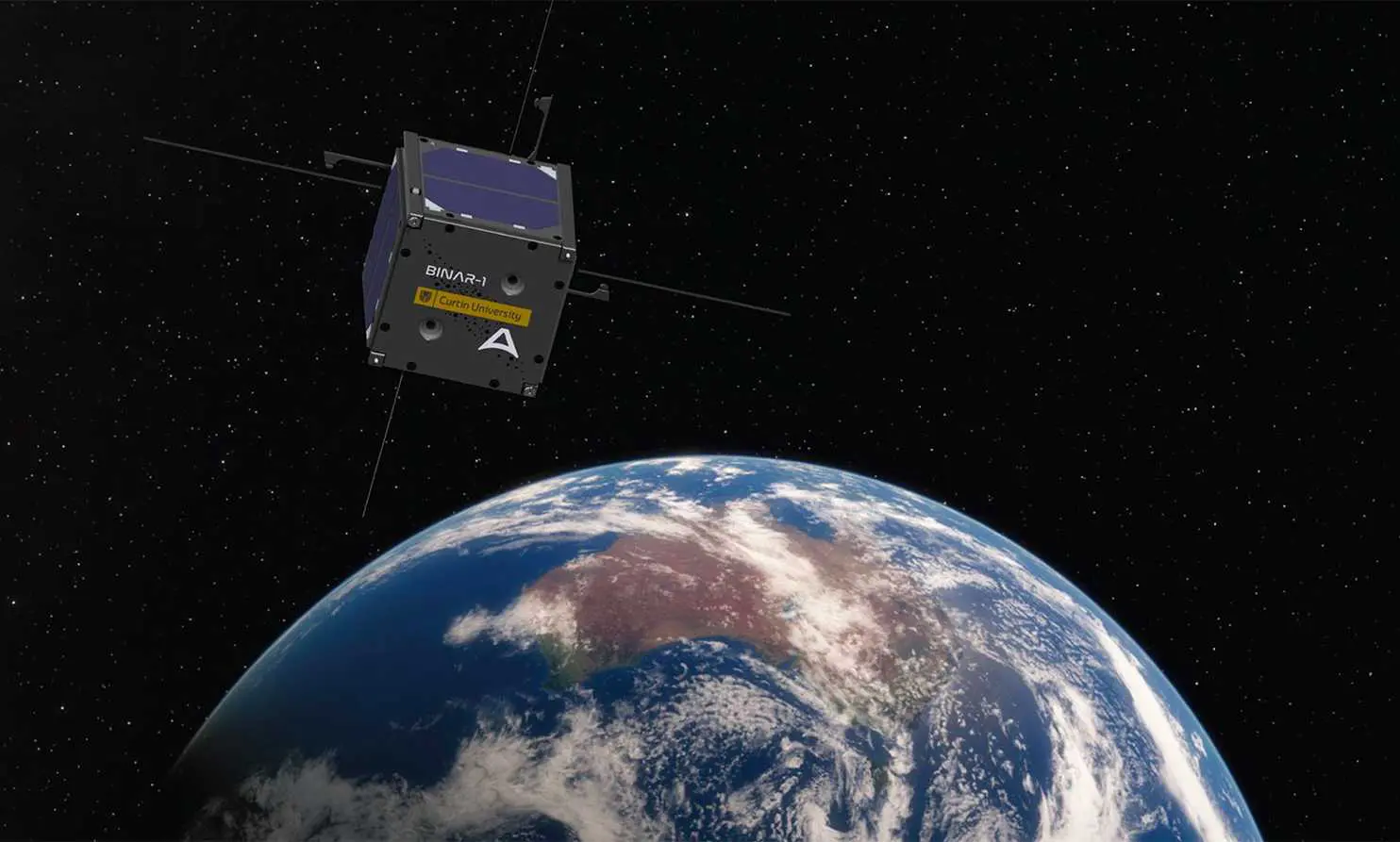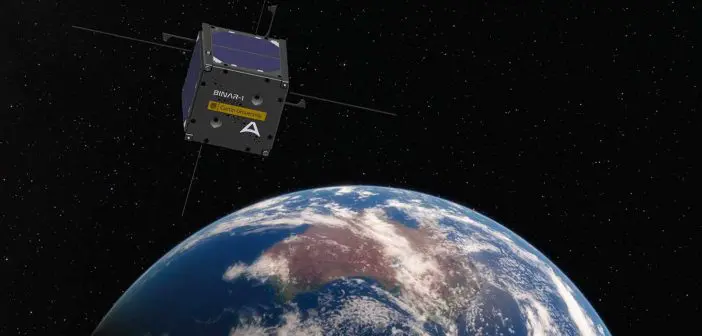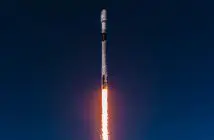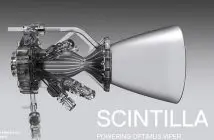
Three Curtin University satellites have reached the International Space Station (ISS) today, August 6, 2024, marking the first time a Western Australian business payload has left the Earth’s atmosphere and another significant step for the state’s burgeoning space industry.
The Binar 2, 3, and 4 satellites launched from NASA’s Kennedy Space Centre aboard a SpaceX rocket on Sunday night before docking at the ISS on Tuesday. The launch of the CubeSats follows the success of the first WA-made spacecraft Binar 1, launched in 2021.
This week’s mission marks a milestone for Western Australia, with the CubeSats carrying instrumentation from the CSIRO and Perth-based communications systems company AVI – the first time a West Australian business has sent its goods into space.
AVI will test its S-band transmitters in the space environment. Demonstrations of the payload will enable the company to commercialise its product and enter the global space market. Meanwhile, the CSIRO will test how new materials can protect electronics against radiation.
“Seeing the launch of three world-class spacecraft, designed and built right here by Curtin students and staff and carrying West Australian industry payloads is mind-blowing,” Binar Principal Investigator Professor Phil Bland said.
The Binar program at Curtin’s Space Science and Technology Centre within the School of Earth and Planetary Sciences has spearheaded the state’s emerging space technology industry. It has designed world-leading technology, which has led to partnerships with internationally renowned space agencies. In the future, the university says the Binar Space Program will improve access to space, dramatically reducing costs through to lower the barriers of entry for West Australian, as well as Australian and global start-ups and researchers to develop and test their technology in space.
“The launch of Binar 2,3 and 4 is the next big step for Western Australia’s journey into space,” Bland said. “On behalf of the Binar team, I would like to thank the Western Australia State Government, Curtin University and our industry partners for their generous ongoing support.”
Binar-2, 3, and 4 are 1U CubeSats measuring 10 x 10 x 10 centimetres and weighing around 1.3 kilograms each. They took three years to construct and will operate in a low Earth orbit, 400km above Earth’s surface. The CubeSats will circle the planet once every 90 minutes, sending images and data back to the surface.





